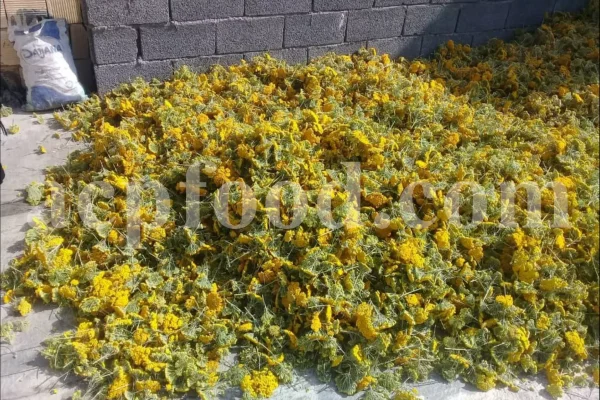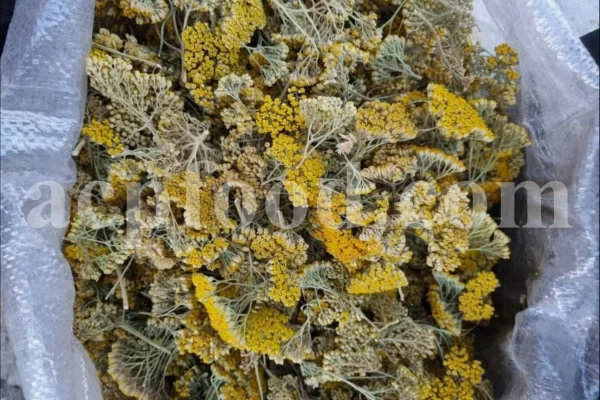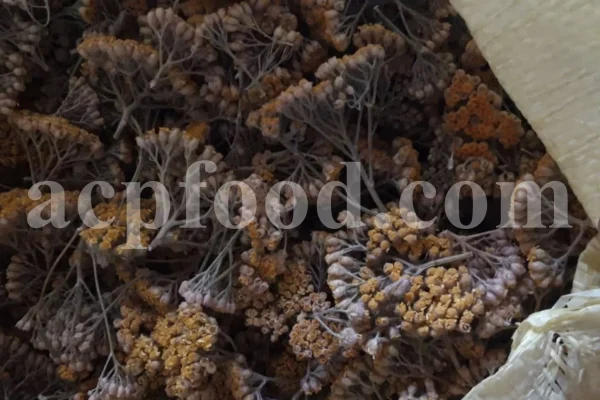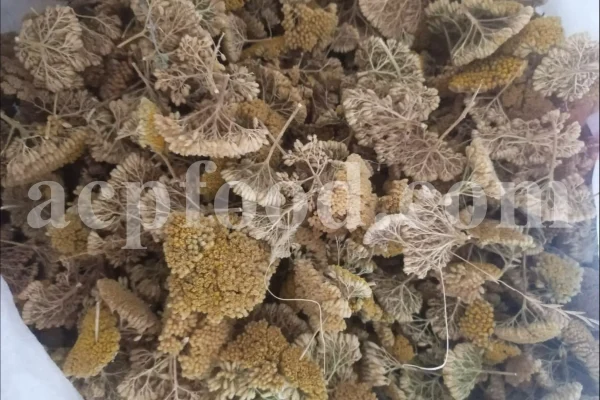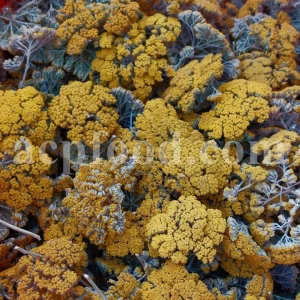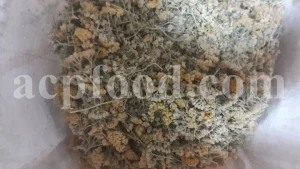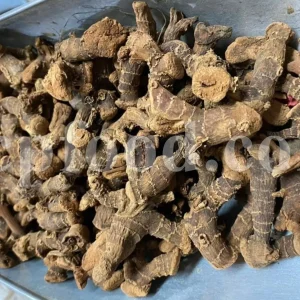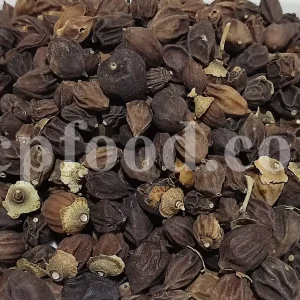GENERAL DATA
Plant Parts: Root, stem, leaves, flower, and hydrosol
Cultivation mode: Wild collection/ Cultivated
In manufacturing: Pharmaceutical, Cosmetics, Herbal Tea, Hydrosol, Oil, Extract
Foods: Salad
HARVEST CALENDAR
Feb
Mar
Apr
May
Jun
Jul
Aug
Sep
Oct
Nov
Dec
To order dried Milfoil petals, please contact us.
About Achillea Millefolium
It is a perennial plant whose height reaches eighty centimeters.
The stems of this plant are smooth, relatively narrow, and hairy, and their cross section is polygonal. There are fewer leaves on top of these stems.
The leaves have many branches, and each branch is divided into pointed and smaller parts, and it grows without a petiole. The surface of the leaves is covered with thin, delicate, and slightly sticky hairs.
The flowers are usually white and sometimes yellow and grow in the form of umbrellas at the end of the stems. Each flower usually has five petals that are completely separated from each other, oval and almost circular in shape. There are usually two gentle longitudinal grooves on the petals and three small teeth can be seen at their ends.
The scent of these flowers is very strong and their taste is bitter.
Yarrow Health Benefits
Bloodwort is very helpful in treating uterine diseases. Drinking a decoction of 7 grams of these flowers, sitting in its decoction, or using its poultice, removes the urinary retention, opening (starting) menstruation, difficulty in childbirth, expulsion of the fetus from the body, adhesion of the cervix, swelling of the uterus, uterine ulcer and bladder stones.
Eating 5 grams of Yellow Yarrow flowers with honey is proven to expel stomach worms and Taenia. Drinking water soaked with 5 grams of it helps to cure fever.
Its decoction poultice is useful for removing nasal congestion, colds, and dizziness. The burnt powder of this plant dries the wounds.
A poultice of Common Yarrow root on the lower abdomen is useful for urinary retention and retention of menstruation.
Its hydrosol improves menstrual disorders, menstrual pain, intestinal and stomach swelling, rheumatism, and gout.
Yarrow Side Effects
It is harmful for Kidney.
Yarrow Modifiers
Anise.
To order dried yarrow leaves, please contact us.

